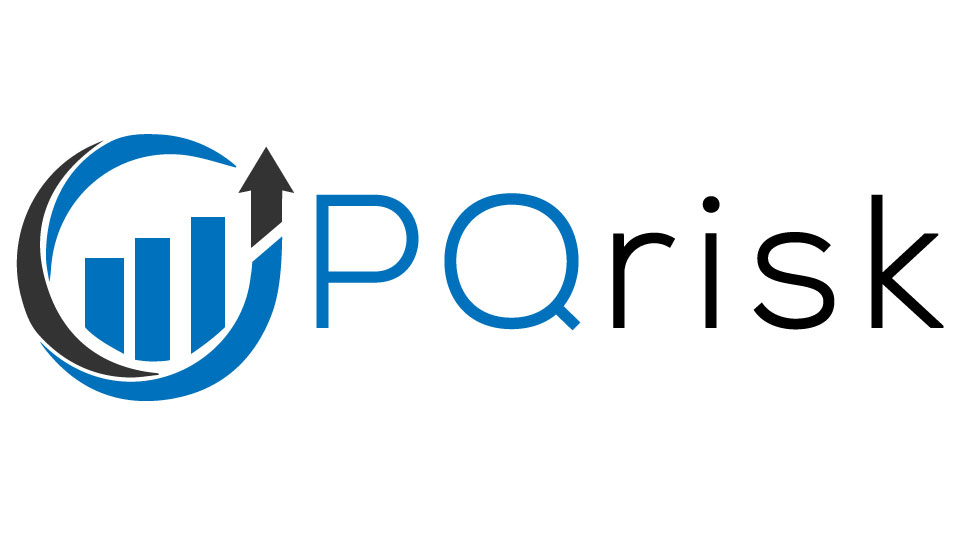0044 7443 433327
Dispute Resolution
Tackle challenges to project delivery or post-connection compliance caused by harmonics or power quality by recruiting power quality expertise into your team on an ad-hoc, day-rate basis.
Building Bridges
The utility handles new connections by assuming that the system is compliant pre-connection. The network state is then disturbed by the new sources of harmonic current and altered resonance behaviour. It is important to establish mutual understanding with the utility about the relative risks of a new connection to avoid surprises from the utility further down the connection process.
- Technical representation with the utility
- Joined-up technical and commercial strategy
- Ensure utility meets its data provision schedules
Simulated Non-Compliance
The simulation environment takes many approximations of system and connectee state and solves for a single value. This is a highly probabilistic process. As well as performing system studies to IEC or ENA ER standards and methods, I also offer third-party validation of study outputs to provide a realistic and risk-reflective perspective on compliance issues identified by simulation.
- Independent validation of study methods and findings
- Strategies to counter pre-connection non-compliance
- Utility collaboration for a pragmatic way forward
Measured Non-Compliance
Post connection, it is possible that the level of harmonic voltage distortion at the point of evaluation will exceed the limit set by the utility. This could be caused by: measurement equipment failure; system impedance abnormality; third-party non-compliance; poorly designed transmission limits. It is important to identify the root causes and to assess the materiality of any measured non-compliance post-connection.
- Collaboration with utility to explore possibilities
- Critical analysis of the measurement chain error
- Strategy for derogation or low-cost resolution
Independent Third-Party
For some projects, the risks associated with harmonic design are sufficiently high to warrant a second, or sometimes even a third opinion on the harmonic study process. This is best done pre-connection to ensure that the right studies are done at the right time. I can also help you to identify the right people, or form part of a virtual team, to work through the options and represent your project in the event of a dispute.
- Connection compliance study plan verification
- Third-party results verification
- Post-event support and independent expert view
Contact me
- 0044 7443 433327
- peter@pqrisk.com
- Check my CV and LinkedIn to see relevant utility, project and industry experience.
- Read Frequently asked questions.
